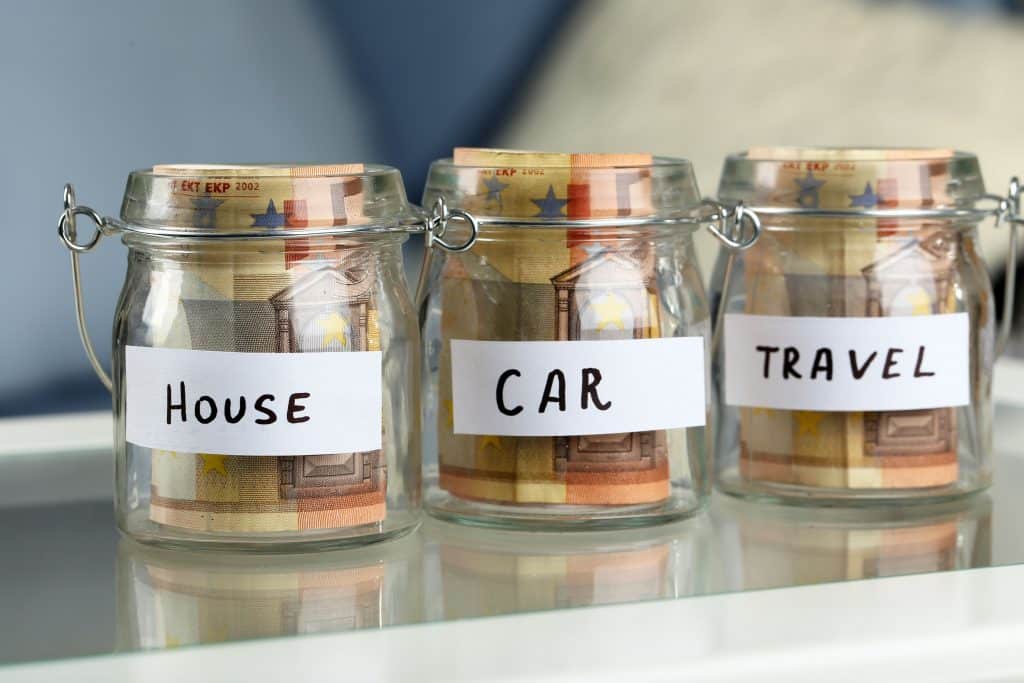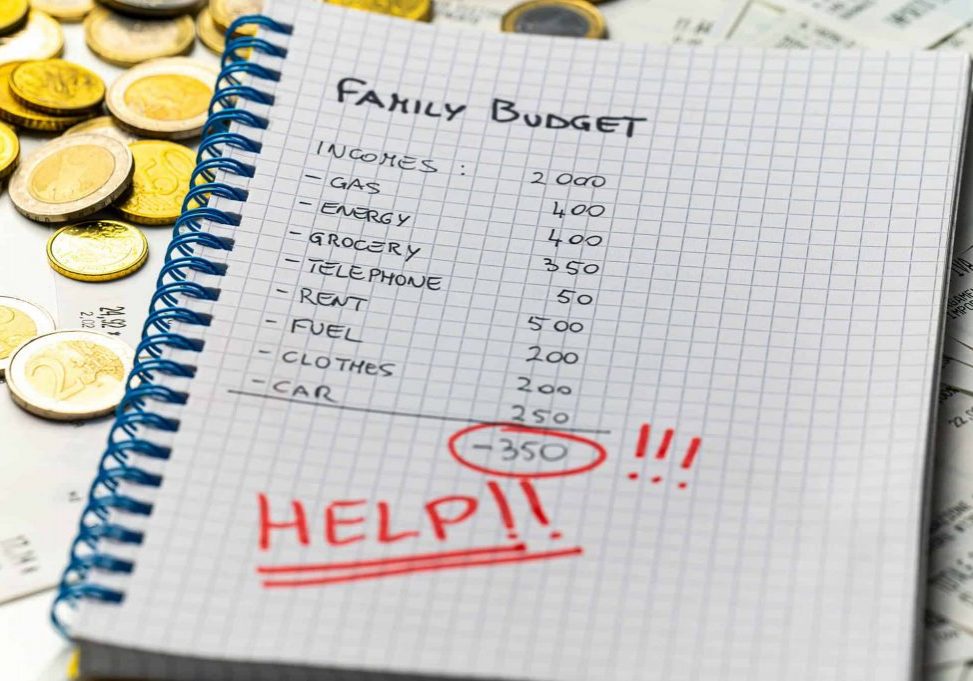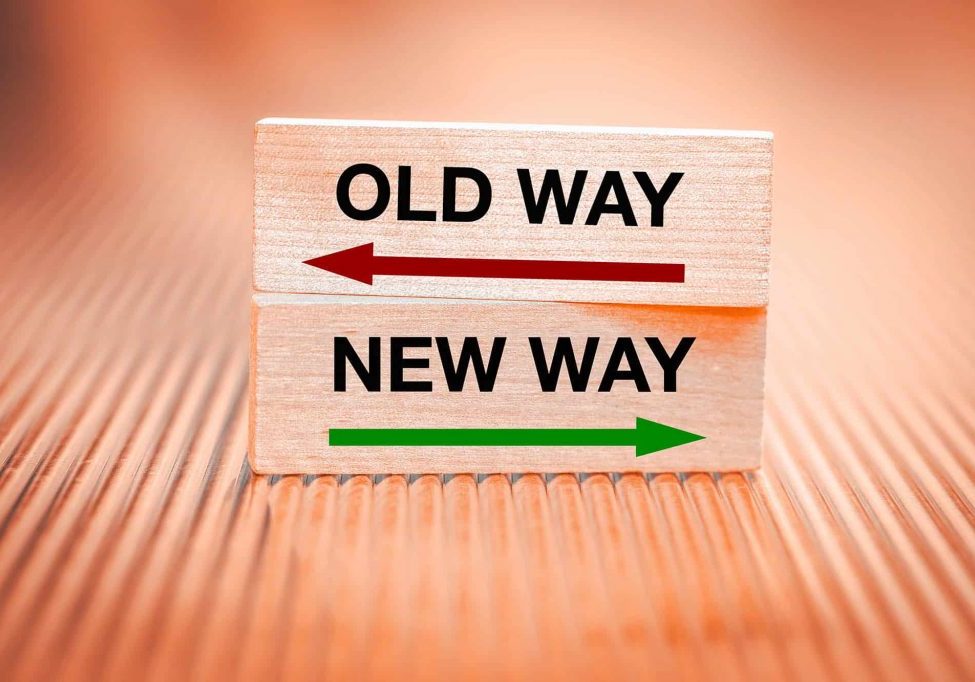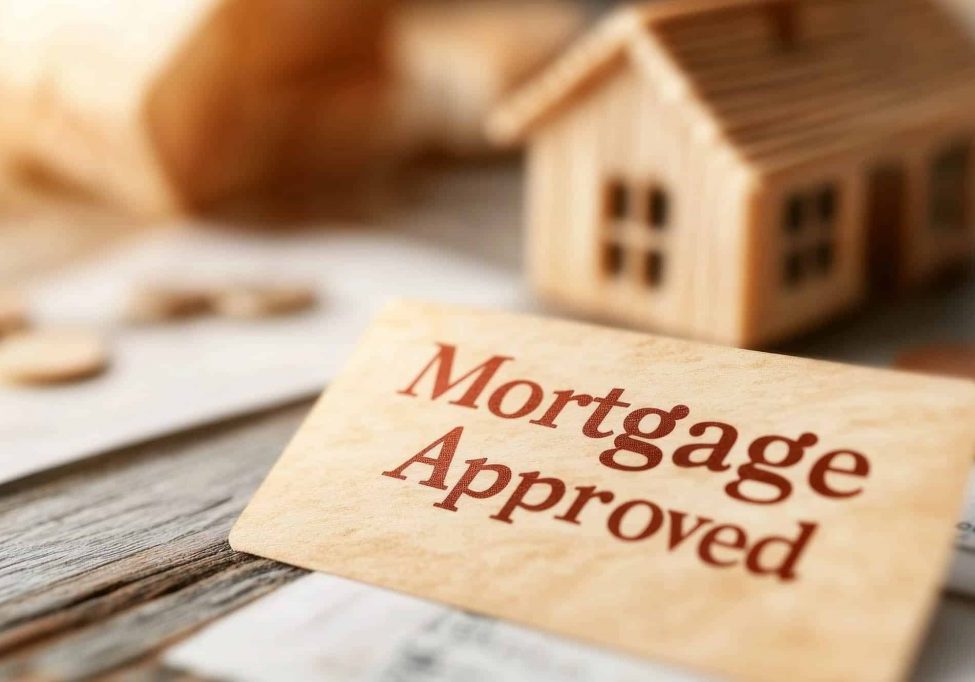
Getting your Living Expenses allowances budget right is critical if you want to start an IVA. It is used as a basis for working out how much you will have to pay into the Arrangement.
Your IVA payments are likely to last next 5-6 years.
Use this guide to help you understand exactly what expenses are acceptable in your IVA. Find out how much you are allowed to budget for in each category.
Contents
Why is your IVA Living Expenses budget important?
An IVA will usually involve you paying a monthly amount towards your debts for 5-6 years. The amount you have to pay is known as your surplus (or disposable) income.
Your surplus income is worked out by deducting your total monthly living expenses from your income. The amount left over is your surplus.
If you get your living expenses allowances too low, your surplus income will be to high. This will mean you will pay more onto your IVA than you can afford. Where this happens, the Arrangement is likely to fail.
Where your expenses figures are too high, your creditors may reject your proposal. This is because they will feel you are not making sufficient effort to pay as much as you can.
Using the living expenses allowances in this guide will mean your IVA payment will be both affordable and acceptable. As a result, you be far more likely to have a successful IVA.
Agreed IVA living expenses allowances – 2025
There is a long list of expenses items that you will need to include in your living expenses budget. These expenses could be fixed amounts every month. Alternatively they might vary depending on how much you spend.
- Fixed expenses:
These are amounts which remain the same each month. For example rent or mortgage payments. You will normally be able to identify them from your bank statement. - Variable expenses:
These types of expenses can change from month to month. Things like food shopping, clothing, petrol and socialising. The best way to account for them in your budget is to use a sensible average amount.
The list below shows the most common variable expenses together with agreed allowances based on IVA Expert’s most recent experience.
Housekeeping – Groceries & Toiletries
Single person: £300/mth
Couple: £450/mth
Each additional child: £120/mth
Additional meals at work budget: £45/mth (per working adult)
Alcohol: £20/mth (per working adult)
Child Living Expenses Allowances
School lunches:
You calculate these based on the daily amount per child per week x 38 school weeks and then averaged over a year (by dividing by 12)
Child Maintenance:
In the absence of a court order, the amount you include for child maintenance should be no more than that calculated by the Government’s online CMS calculator.
Child Care (Nursery; Child Minder etc):
Include the figure you are charged. Be ready to justify with receipts if necessary
Other child expenses:
School trips and clubs: £15/month per child
School Uniform (in addition to clothing budget): £20/month per child
Pocket Money: £10/mth per child
Clothes
Single person: £40/mth
Couple: £60/mth
Each additional child: £20/mth
Hair Dressing
Single person: £15/mth
Couple: £25/mth
Each additional child: £5/mth
Entertainment & Hobbies
Single person: £40/mth
Couple: £60/mth
Each additional child: £20/mth
Travel
Car expenses:
Car petrol / Diesel: Up to £200/mth per vehicle unless justified.
Public Transport:
Include what you spend on a regular bus, train or taxi fares
Other Expenses
Dental & Optical: (covering annual check ups and contribution towards glasses)
Single person: £20/mth
Couple: £40/mth
Medical and Prescriptions:
Variable depending on personal expenditure
Pets:
Variable but reasonable amounts can be included for pet food, vet bills and pet insurance.
The above figures are provided for guidance purposes only. The living expenses amounts you submit will be subject to review by your IVA company and creditors. For this reason they could be revised up or down.
What if your figures exceed the IVA living expenses allowances?
You should include amounts for each item in your living expenses budget that are sufficient for your needs. However you must also take care to use reasonable a figure (as per the guide lines suggested above).
Your creditors will review your budget carefully. They will compare the amounts you have included to those which they believe are reasonable. If they believe the figures you have used are too high, they may demand you reduce them. This would mean you have to pay more into your IVA.
You may feel you have to include expenditure amounts which are higher than the amounts suggested. This could be because you have unusual requirements – perhaps travel or medical. You should use these figures in your budget. However, you may need to justify them with evidence.
If your living expenses allowances are rejected as too high, do not agree to reduce them unless you believe you can. It is better to abandon the IVA and consider an alternative solution then struggle to maintain payments you cannot afford.
What happens if your living expenses change during your IVA?
Your living expenses might go up or down during your IVA. In these circumstances, you will need to review your budget with your IVA company. As a result, your monthly payment could be revised either up or down.
Increase in your living expenses
You may experience specific increases in your living expenses during your IVA. For example, you and your partner may have a new baby. In this situation, you are very likely to experience higher living expenses. These might include additional child care, food and clothing costs.
Where this type of situation occurs, you will need to speak to your IVA company. They will ask you to complete a new income and expenses budget. If your surplus income has fallen, it may be possible to reduce your IVA payments.
Your living expenses may have increased generally. For example, because the cost of groceries is increasing. In these circumstances it is less likely that a reduction in your payment will be agreed.
Any agreed reduction in your IVA payment normally comes hand in hand with an extension of the length of your IVA.
Reduction in your living expenses
A reduction in your living expenses during your IVA is less likely than an increase. However, it can happen.
For example, you may have younger child who reaches school age during the Arrangement. When they start going to school, your childcare and nursery costs may fall.
In these circumstances, the money you save each month is likely to be added to your remaining IVA payments.
![]() Written by James Falla
Written by James Falla
Share this post

Completely FREE advice

Confidential conversations

Expert help always at hand
What we can do

Start an IVA
- In depth advice and guidance
- Comprehensive income and expenses review
- Support through the process

Self Employed IVA
- Business revenue and expenses forecast
- Personal income and expenses review
- Support through the process

Cancel IVA and go Bankrupt
- Help with cancelling IVA
- Support with bankruptcy application
- Ongoing 12 month assistance

Mortgage after an IVA
- Guidance and information
- Planning for a mortgage
- Advice on timing and deposit






